
A new kangaroo lizard species has been discovered from Western Ghat.
Also Read:
News Source: The Hindu
| Must Read | |
| NCERT Notes For UPSC | UPSC Daily Current Affairs |
| UPSC Blogs | UPSC Daily Editorials |
| Daily Current Affairs Quiz | Daily Main Answer Writing |
| UPSC Mains Previous Year Papers | UPSC Test Series 2024 |
An unusual object is found to be falling in the Black Hole Mass Gap by astronomers.
About Black Hole Mass Gap
|
|---|

News Source: The Hindu
| Must Read | |
| NCERT Notes For UPSC | UPSC Daily Current Affairs |
| UPSC Blogs | UPSC Daily Editorials |
| Daily Current Affairs Quiz | Daily Main Answer Writing |
| UPSC Mains Previous Year Papers | UPSC Test Series 2024 |
The government has extended the ban on a group called ‘Students Islamic Movement of India (SIMI)’ for five more years under a law called the Unlawful Activities (Prevention) Act.
Terrorist Organisation Under Section 35 of the Unlawful Activities Act 1967
|
|---|
News Source: News on Air
| Must Read | |
| NCERT Notes For UPSC | UPSC Daily Current Affairs |
| UPSC Blogs | UPSC Daily Editorials |
| Daily Current Affairs Quiz | Daily Main Answer Writing |
| UPSC Mains Previous Year Papers | UPSC Test Series 2024 |
Recently, some startups have been exploring the potential of E Ink display technology in smartphones.
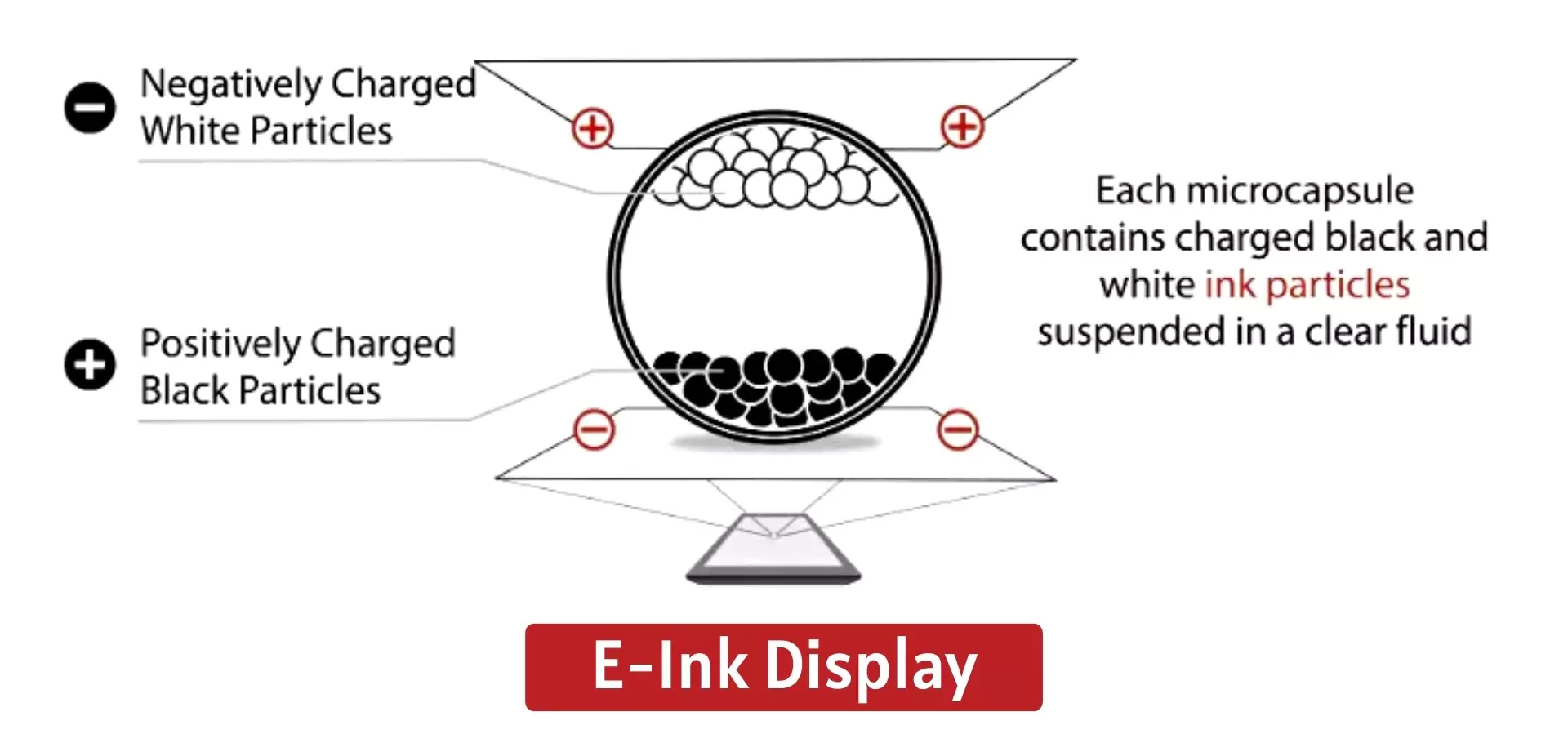
News Source: The Indian Express
| Must Read | |
| NCERT Notes For UPSC | UPSC Daily Current Affairs |
| UPSC Blogs | UPSC Daily Editorials |
| Daily Current Affairs Quiz | Daily Main Answer Writing |
| UPSC Mains Previous Year Papers | UPSC Test Series 2024 |
Nearly 400 Ethiopians in the Tigray Region have died of starvation recently.
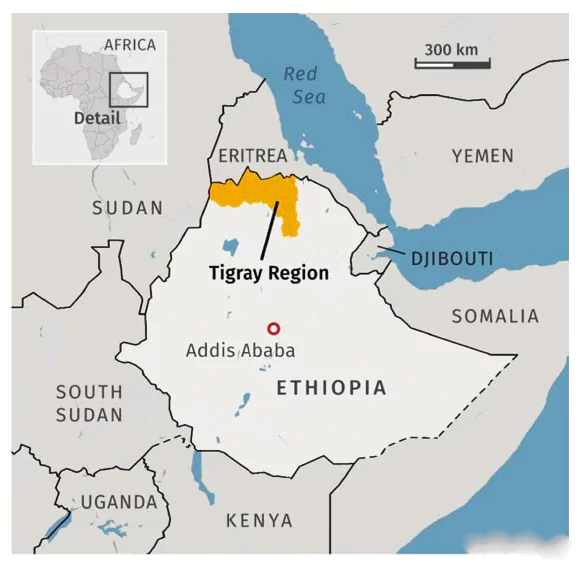
News Source: The New Indian Express
| Must Read | |
| NCERT Notes For UPSC | UPSC Daily Current Affairs |
| UPSC Blogs | UPSC Daily Editorials |
| Daily Current Affairs Quiz | Daily Main Answer Writing |
| UPSC Mains Previous Year Papers | UPSC Test Series 2024 |
The first scientific survey of the Snow leopard in India shows the country is home to 718 of the elusive cats.
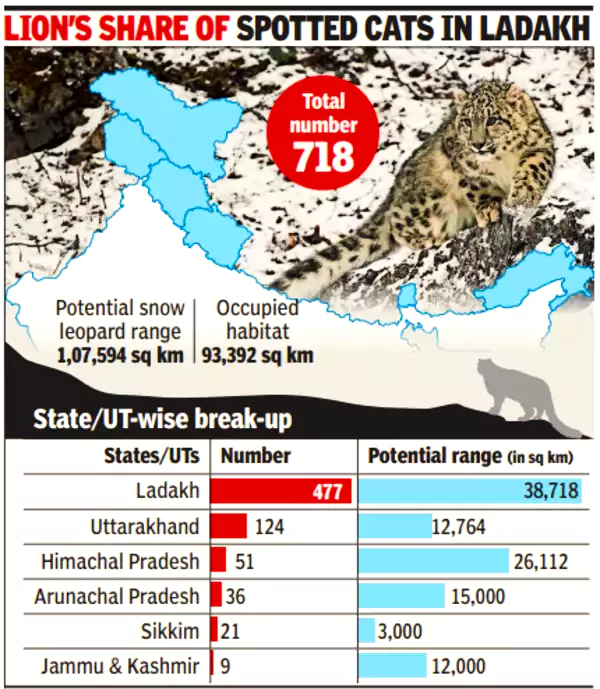
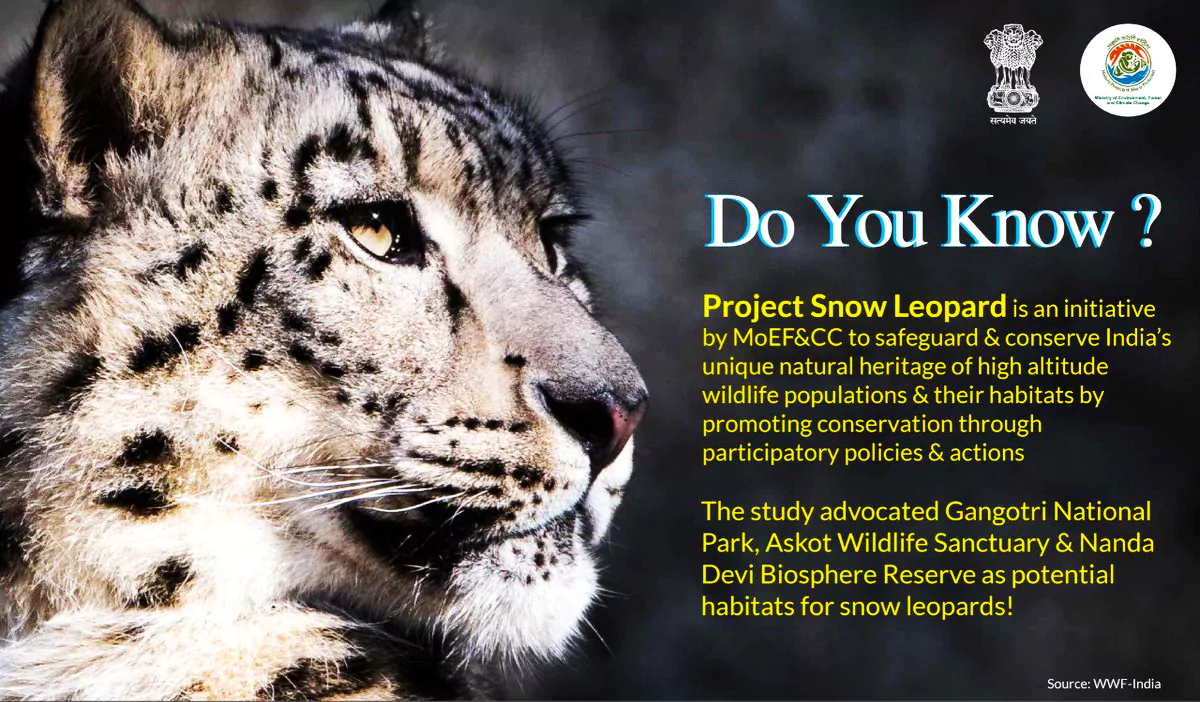 Threats: Habitat destruction, invasive species, climate change, and pollution, which collectively exert an unprecedented impact on their survival.
Threats: Habitat destruction, invasive species, climate change, and pollution, which collectively exert an unprecedented impact on their survival. Lesser Known Facts About Snow Leopard
|
|---|
News Source: The Hindu
| Must Read | |
| NCERT Notes For UPSC | UPSC Daily Current Affairs |
| UPSC Blogs | UPSC Daily Editorials |
| Daily Current Affairs Quiz | Daily Main Answer Writing |
| UPSC Mains Previous Year Papers | UPSC Test Series 2024 |
Recently released, Transparency International’s Corruption Perception Index positions India at 93 out of 180 countries.
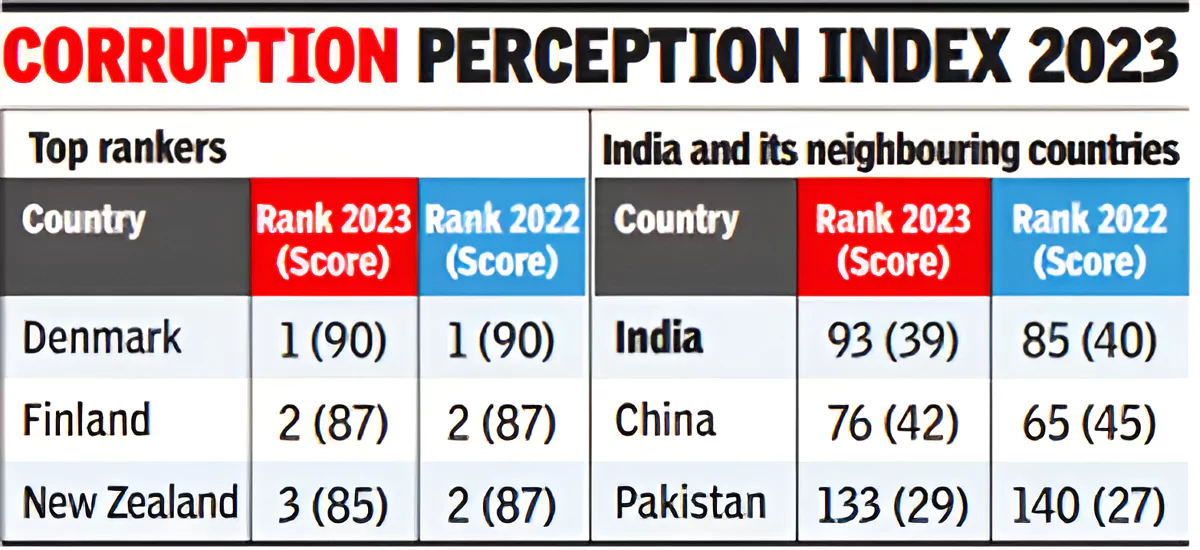
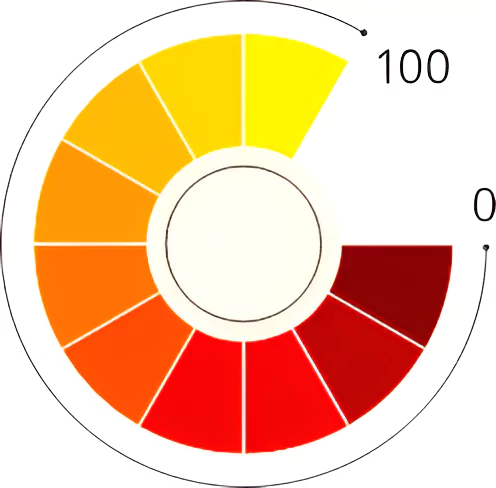
News Source: Indian Express
| Must Read | |
| NCERT Notes For UPSC | UPSC Daily Current Affairs |
| UPSC Blogs | UPSC Daily Editorials |
| Daily Current Affairs Quiz | Daily Main Answer Writing |
| UPSC Mains Previous Year Papers | UPSC Test Series 2024 |
Scientists in Berlin, Germany announced the first successful embryo transfer in a white rhinoceros through in vitro fertilization (IVF).
| Features | White Rhino | Indian Rhino |
| Scientific Name | Ceratotherium simum | Rhinoceros unicornis |
| Habitat | South Africa and grasslands of savannas | Asia Grasslands and riverine forests of India and Nepal |
| Conservation status | Northern White Rhino: Critically Endangered
Southern White Rhino: Near Threatened |
Vulnerable |
News Source: BBC
| Must Read | |
| NCERT Notes For UPSC | UPSC Daily Current Affairs |
| UPSC Blogs | UPSC Daily Editorials |
| Daily Current Affairs Quiz | Daily Main Answer Writing |
| UPSC Mains Previous Year Papers | UPSC Test Series 2024 |
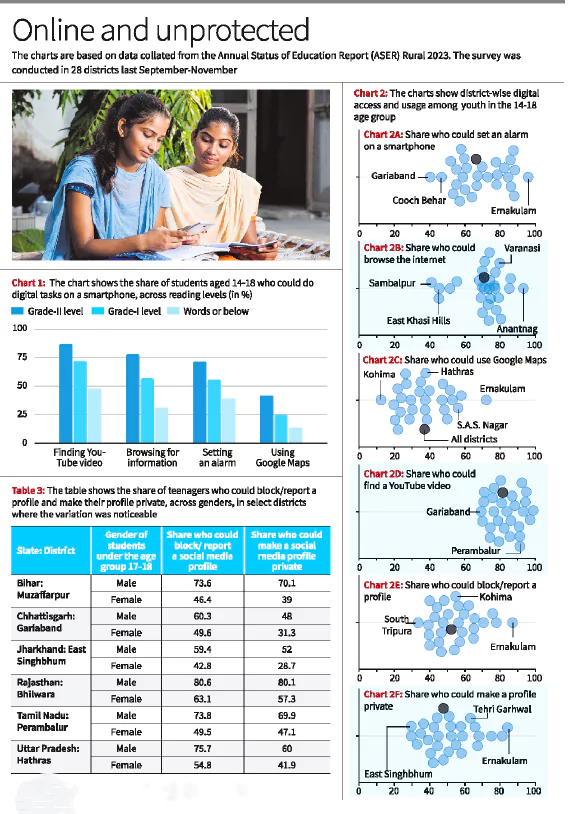
Annual Status of Education Report (ASER) Rural 2023 shows the extent of digital literacy in the teenagers of the age group 14-18 years.
Annual Status of Education Report (ASER)
|
|---|
News Source: The Hindu
| Must Read | |
| NCERT Notes For UPSC | UPSC Daily Current Affairs |
| UPSC Blogs | UPSC Daily Editorials |
| Daily Current Affairs Quiz | Daily Main Answer Writing |
| UPSC Mains Previous Year Papers | UPSC Test Series 2024 |
Chenab River was successfully diverted to achieve expedite construction of a dam at Ratle Hydro Electric Project in Kishtwar district J&K.
Run-of-the-River Projects
|
|---|
About Chenab RiverChenab River is one of the major rivers of the Indus River System.
|
News Source: PIB
| Must Read | |
| NCERT Notes For UPSC | UPSC Daily Current Affairs |
| UPSC Blogs | UPSC Daily Editorials |
| Daily Current Affairs Quiz | Daily Main Answer Writing |
| UPSC Mains Previous Year Papers | UPSC Test Series 2024 |
This article is based on the news “Why Centre plans to replace the Indian Stamp Act, 1899 with a new law” which was published in the Indian Express. The Indian government is proposing to take actions to invalidate the old Indian stamp act and introduce new law for stamp duty.
| Relevancy for Prelims: Draft Indian Stamp Bill 2023, Indian Constitution, Section 67 IT Act, and Ministry of Finance.
Relevancy for Mains: Why Govt Introduces Draft Indian Stamp Bill 2023: Reasons, Challenges and Major Features. |
|---|
The Indian Stamp Act, 1899 (2 of 1899) is a fiscal statute. It makes laws related to taxation by using stamps on documents that record transactions.
Stamp
|
|---|
| The IT Act defines “electronic records” as data or information stored, sent, or received electronically. |
|---|
| Must Read | |
| NCERT Notes For UPSC | UPSC Daily Current Affairs |
| UPSC Blogs | UPSC Daily Editorials |
| Daily Current Affairs Quiz | Daily Main Answer Writing |
| UPSC Mains Previous Year Papers | UPSC Test Series 2024 |
<div class="new-fform">
</div>